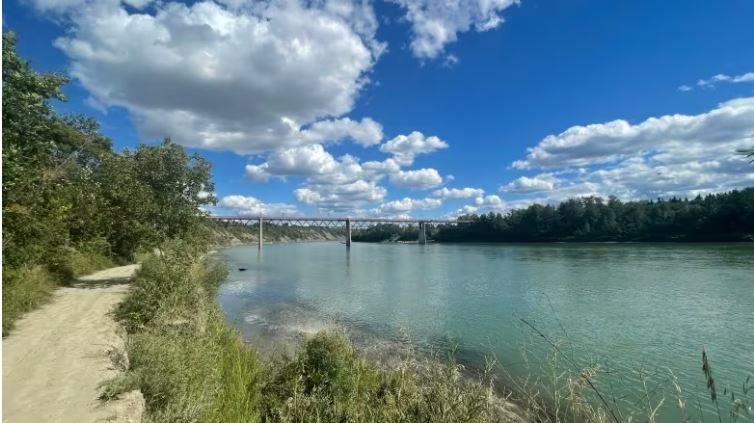Brent Fry, who farms grain and livestock, said it's common for his land to flood for three days when people upstream get 50 millimetres of rain. He said it has caused roads and access points to erode. "There are about four farms out there and all they're doing is draining whether they've got permission or not," Fry said. "I don't even know what to do because the government's not doing anything — they're siding with the big guys."
How the health of a river is influenced by what's happening on land
For some residents of northern Alberta and Saskatchewan, the North Saskatchewan River is nothing more than a flowing body of water that starts at the Saskatchewan Glacier in Banff National Park and winds its way northeast. But it's much more than that. The river is a part of a bigger network of streams and channels that feed into it on its path through the Prairies. We're talking about a watershed — an area of land that drains into a water body.
Its largest lake is so dry, China digs deep to water crops
With China's biggest freshwater lake reduced to just 25 per cent of its usual size by a severe drought, work crews are digging trenches to keep water flowing to one of the country's key rice-growing regions. The dramatic decline of Poyang Lake in the landlocked southeastern province of Jiangxi had otherwise cut off irrigation channels to nearby farmlands. The crews, using excavators to dig trenches, only work after dark because of the extreme daytime heat, the official Xinhua News Agency reported.




